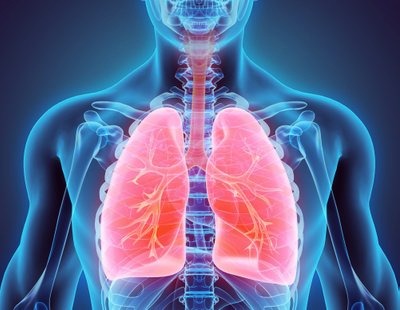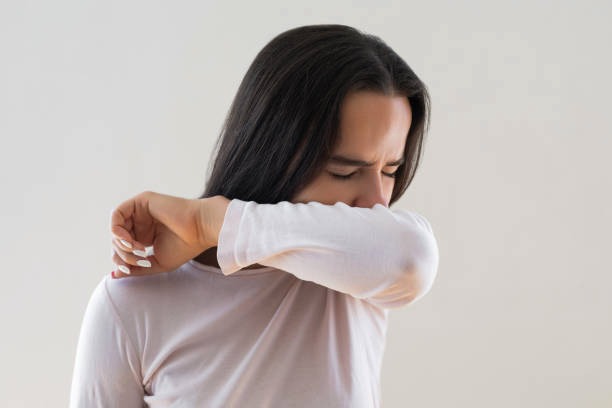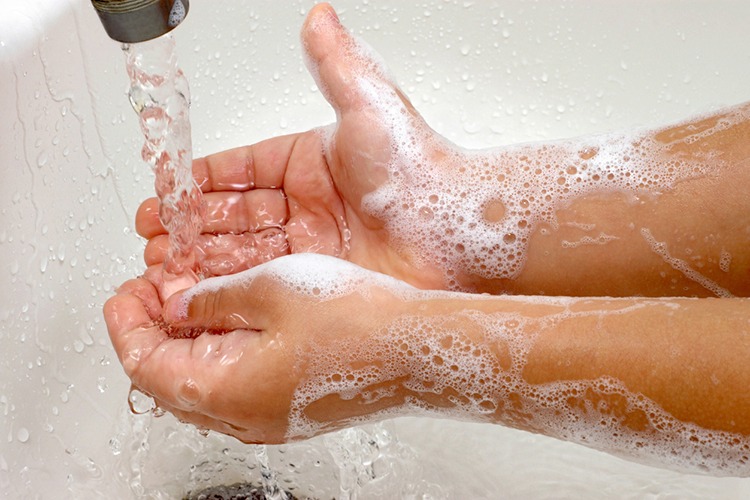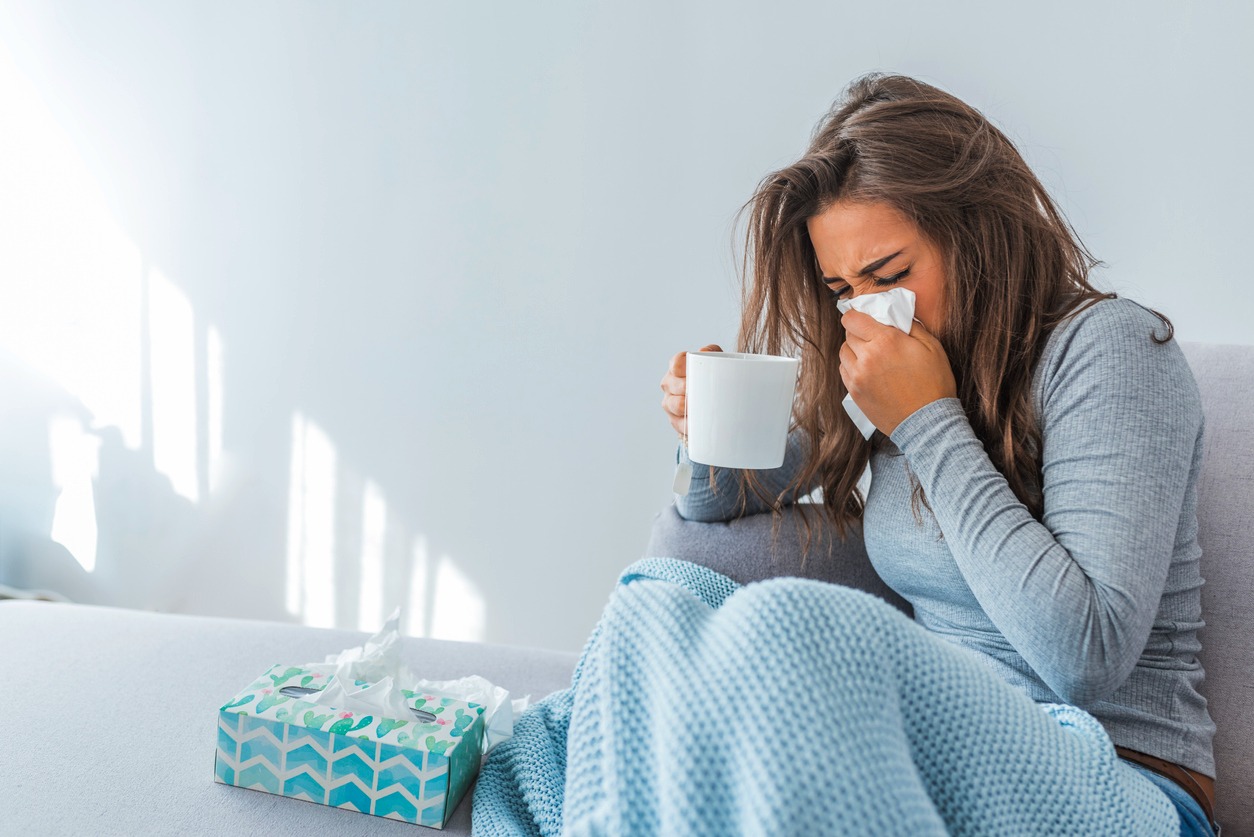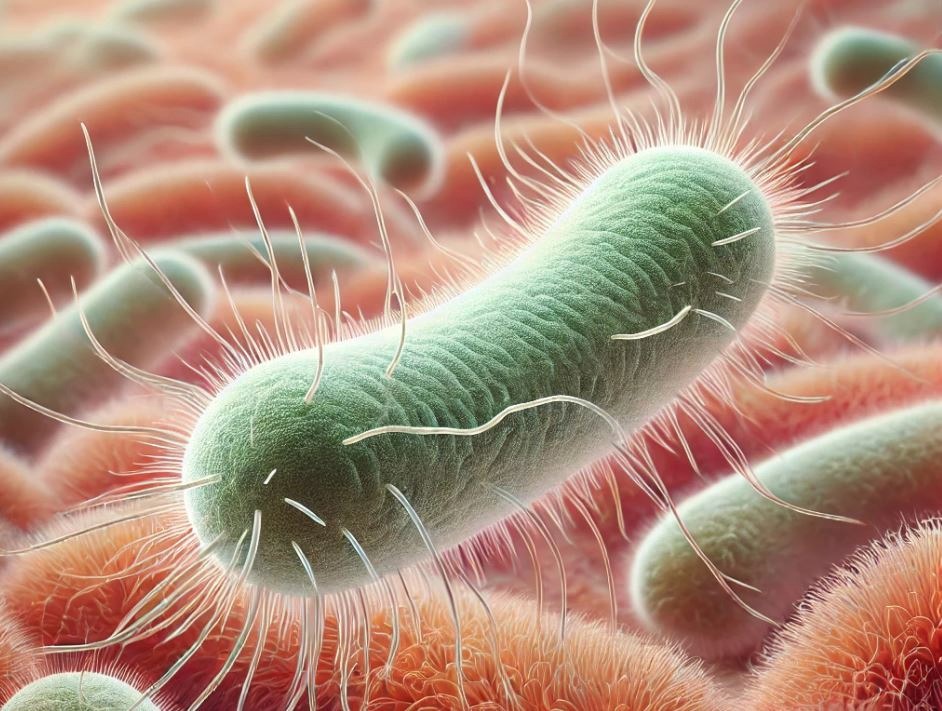
Nowadays, lice have not disappeared anywhere and still exist near people, waiting for an opportunity to attach to hair. These parasites can be contracted even in crowded public transport, various places where people gather closely. However, most often, younger children in educational institutions get infected and thus transmit lice to their family members.
Pediculosis, also called lice infestation, is an infection caused by parasitic insects (family Pediculidae) living on the human head, body, or pubic area. There are three main types of lice that infect humans:
1. Pediculus humanus capitis (Head lice).
2. Pediculus humanus corporis (Body lice).
3. Pthirus pubis (Pubic lice).
Types of pediculosis:
1. Head lice
-
- Cause: Infection with Pediculus humanus capitis lice.
- Symptoms: Intense itching of the scalp, especially around the ears and the nape area. Red spots or sores from scratching may also appear.
- Transmission: Usually spreads by direct contact, especially among children in schools or groups. It can also be contracted through shared personal items such as combs, hats, or towels.
- Treatment: Topical insecticides such as permethrin, pyrethrins, or more complex treatments like ivermectin and malathion. Fine combs are used to remove lice and nits (eggs).
- Prevention: Avoid direct head-to-head contact, regularly check hair, and do not share personal items.
2. Body lice
-
- Cause: Infection with Pediculus humanus corporis lice, which live in clothing and move onto the body to feed.
- Symptoms: Itching and red spots, especially where clothing presses against the skin. Body lice can transmit diseases such as trench fever, relapsing fever, and typhus.
- Transmission: Close contact or infected clothing and bedding. Body lice are more common in overcrowded and unhygienic conditions.
- Treatment: Improved hygiene, regular washing of clothes and bedding at high temperatures. Insecticidal agents may be used if necessary.
- Prevention: Regularly wash clothes and bedding, maintain personal hygiene, avoid sharing clothes in unsanitary conditions.
3. Pubic lice
-
- Cause: Infection with Pthirus pubis lice.
- Symptoms: Intense itching in the pubic area, visible lice or nits in pubic hair. The infection can spread to other body hair, such as armpits, chest, or even facial hair.
- Transmission: Mostly spread through sexual contact. Less commonly, it can spread through shared bedding or towels.
- Treatment: Over-the-counter lice treatment products such as permethrin, or prescription medications if needed. Thorough cleaning of bedding and clothes is also necessary.
- Prevention: Avoid sexual contact with infected individuals, maintain personal hygiene, do not share towels or bedding.
General symptoms of pediculosis:
- Intense itching: This is an allergic reaction to lice saliva after bites.
- Skin redness and irritation: Usually due to scratching.
- Visible lice or nits: The lice themselves are small (about 2-4 mm), and nits (eggs) are attached to hair roots or clothing fibers and are easier to see.
Diagnosis:
- Visual inspection: Lice and nits are visible to the naked eye or using a magnifying glass. Fine combs are often used to detect lice.
- Wood lamp: Nits may fluoresce under ultraviolet light, helping to confirm the infection.
- Microscopic examination: Sometimes used to differentiate lice from dandruff, dirt, or other scalp conditions.
Treatment:
- Topical pediculicides: Most commonly used are permethrin or pyrethrins.
- Mechanical removal: Use of fine combs to remove lice and nits.
- Cleaning clothes and bedding: Clothes, bedding, and personal items must be washed in hot water to kill lice and their eggs.
- Oral treatments: In severe cases, medications such as ivermectin may be prescribed.
Risk factors and complications:
- Overcrowded living conditions: Especially for body lice, poor hygiene and crowded environments pose a high risk.
- Secondary infections: Scratching can cause bacterial infections such as impetigo, especially in children.
- Disease transmission: Body lice are known carriers of typhus and relapsing fever.
Pediculosis usually causes more discomfort than serious health problems, but it can be difficult to eradicate and causes significant discomfort. Prevention is mainly based on maintaining hygiene, avoiding direct contact, and using lice treatment products if necessary.

